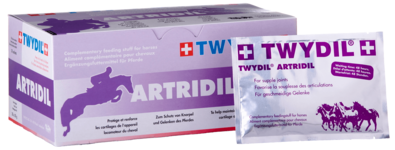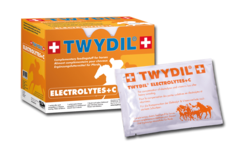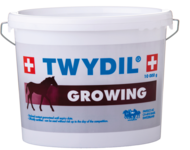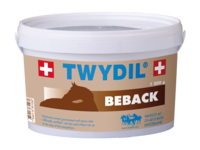Copper (Cu)
Copper and its roles:
- Bone formation due to its catalytic action on iron fixation
- Support mitochondrial function, essential for energy production (ATP)
- Support haematogenesis
- Support keratinisation
- Catalyze superoxide dismutase, an antioxidant enzyme involved in performance

Copper and zinc
Cu/Zn ratio between 1:4 and 1:3 is very important in order to:
- regulate nutrient absorption
- act synergistically in controlling growing processes
- regulate metabolic stress reactions
Copper is a catalyst for many organic reactions and its functions are important and multiple. It forms part of many metalo-enzyme complexes.
The bioavailability of copper can vary and depends on the type of raw material but also the age of the horse. A diversification of the sources (organic and mineral) is an advantage to increase this bioavailability.
The needs in copper are estimated at 3.5 mg/kg of metabolic weight per day. The ratio Cu/Zn must be close to 1:4. High zinc diets have been known to induce copper deficiency anaemia.
The metabolic weight corresponds to the horse's weight to the power of 0.75: for example a horse of 450 kg : 450 0.75 = 98 kg of metabolic weight; such a horse will need 343 mg of copper per day.
Practical case: oats 5 kg and hay 5 kg
A traditional feed does not cover the needs in trace elements, especially copper and zinc. |











